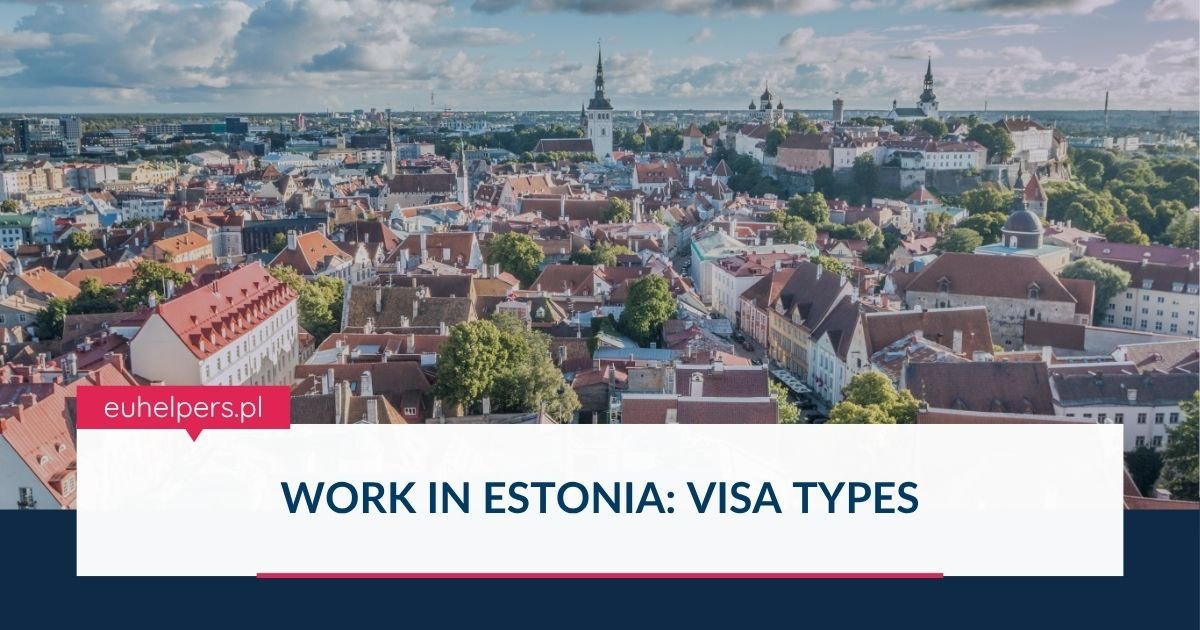Estonia has become an increasingly attractive destination for professionals, entrepreneurs, and remote workers, thanks to its thriving digital economy and efficient immigration processes. Whether you're planning a short-term job assignment or a long-term career in Estonia, understanding the country’s visa and residence requirements is essential.
Here’s a detailed look at the types of visas and permits available for working in Estonia:
Short-Term Visa (Type C)
The Type C visa, also known as a Schengen visa, permits stays in Estonia and the Schengen area for up to 90 days within a 180-day period. While it is suitable for tourism, business visits, and family-related travel, this visa does not allow employment. Individuals planning to work in Estonia must apply for other visa types.
Long-Term Visa (Type D)
The Type D visa is issued for longer stays — up to 365 days within a 12-month period — and is commonly used for employment, study, or family reunification. This visa allows foreign nationals to work legally in Estonia, making it a common choice for professionals with a job offer or contract.
Temporary Residence Permit (TRP)
Foreign nationals planning to stay in Estonia for more than one year must apply for a Temporary Residence Permit. This permit allows both residence and employment, and is typically sought after entering Estonia on a D visa. It is suitable for employees, entrepreneurs, and family members, and must be renewed as needed.
Digital Nomad Visa
Estonia was one of the first countries to introduce a Digital Nomad Visa, catering specifically to remote workers and freelancers. This visa allows foreign nationals to live in Estonia for up to a year while working remotely for a company or clients based outside the country. It's an ideal option for location-independent professionals seeking a European base.
EU Blue Card
The EU Blue Card is a residence permit designed for highly skilled non-EU workers. Applicants must have a valid job offer in Estonia that meets certain salary and qualification thresholds. The EU Blue Card offers additional benefits, including easier mobility within the EU and faster access to permanent residency.
Other Visa Categories
Estonia also offers a range of other visa types, including:
-
Transit Visas – For travelers passing through Estonia.
-
Student Visas – For individuals enrolled in educational institutions.
-
Family Visas – For joining family members residing in Estonia.
Key Considerations for Foreign Workers
-
EU/EEA/Swiss Citizens: Citizens of EU/EEA countries and Switzerland do not need a visa or residence permitto live and work in Estonia. However, they must register as residents within the first three months of arrival.
-
No Separate Work Permits: Estonia does not issue a separate work permit. Employment is authorized through the appropriate visa or residence permit, such as a D visa or temporary residence permit.
-
Employer Responsibilities: Estonian employers are required to register foreign employees with the Police and Border Guard Board (PBGB) before they begin working.
-
Application Process: Applicants must apply for the visa or permit that best suits their purpose and duration of stay. Applications are generally submitted at Estonian embassies or directly to the PBGB for residence permits.
Estonia’s visa and permit system is designed to accommodate a wide range of professionals—from remote workers and students to skilled employees and family members. Whether you’re planning a short visit or a long-term move, it’s important to choose the right visa category and ensure compliance with local regulations. For up-to-date and detailed information, always refer to the official website of the Estonian Embassy or the Police and Border Guard Board.

